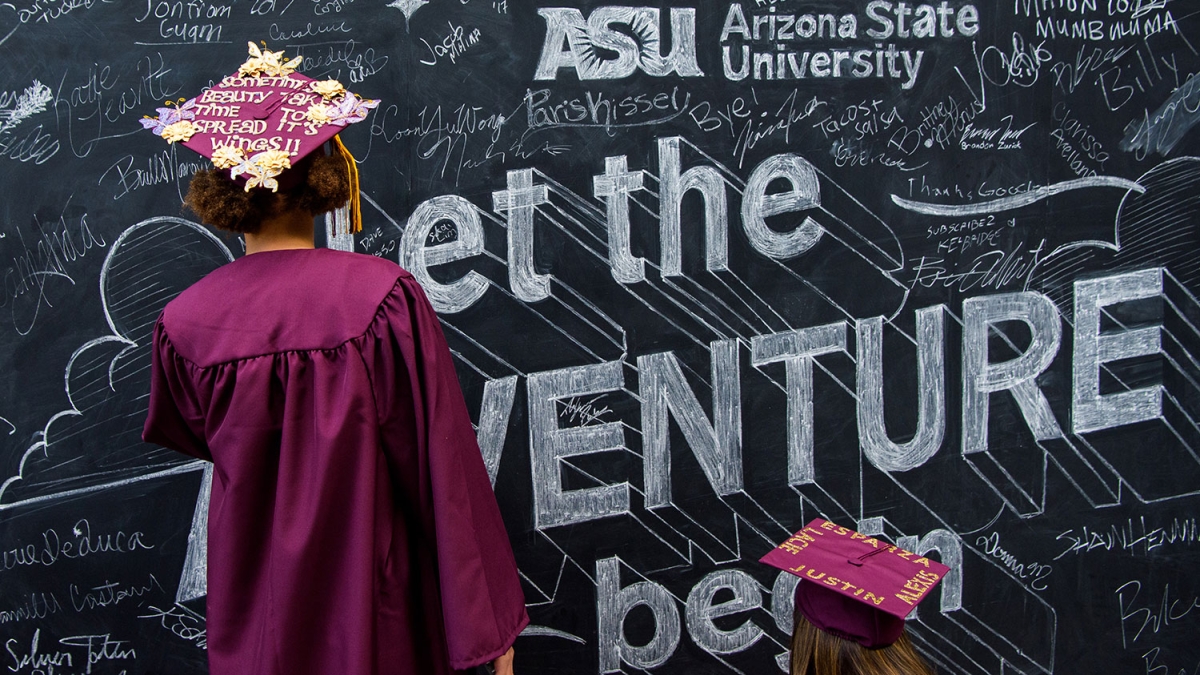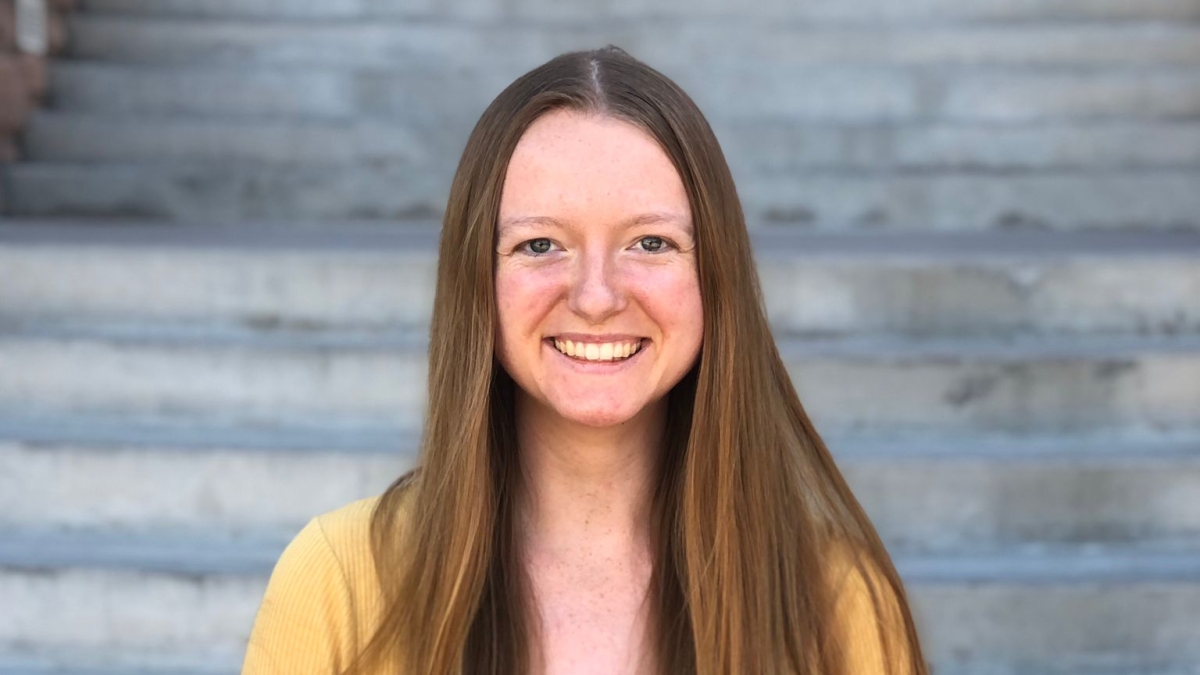University Innovation Alliance shows the power of collaboration
Number of low-income graduates increased by 24.7 percent at alliance's member institutions, including co-founder ASU

Three years ago, Arizona State University co-founded the University Innovation Alliance (UIA), a coalition of 11 major public research universitiesThe 11 member schools of the University Innovation Alliance are: ASU, Ohio State University, Georgia State University, University of California-Riverside, Iowa State University, University of Central Florida, Michigan State University, University of Kansas, Oregon State University, University of Texas at Austin and Purdue University. across the country, with the goal of graduating more low-income and underserved students. In that period, the number of low-income graduates increased by 24.7 percent among participating universities, and the number of undergraduate degrees awarded overall increased 9.2 percent (from 79,170 to 86,436).
These figures represent significant progress toward the alliance’s goal of graduating an additional 68,000 undergraduates — at least half of whom are low-income — by 2025. Currently, about 50 percent of ASU’s in-state undergraduate students are from low-income families.
The increased degree attainment sets the UIA firmly on the path to exceed its original goals, predicting an additional 94,000 graduates by 2025.
As it stands today, the United States is 3 million graduates short of what is needed to fill the 63 percent of jobs in 2018 that will require a postsecondary education. By 2025, that gap is predicted to grow to 16 million. The graduate deficit is particularly acute among low-income students, raising serious concerns about the nation’s future prosperity and the economic mobility of millions of Americans.
“The future economic competitiveness of the United States depends on higher education’s ability to innovate together in order to improve learning and outcomes at scale,” said Michael M. Crow, chair of the UIA and president of ASU. “Our progress in creating opportunity for a growing population of low-income and underserved students bodes well for the role of the UIA and other institutions to expand and diversify the nation’s talent pool and workforce. That’s good for everyone. ”
In just three years, member institutions have implemented and scaled numerous successful initiatives that address student retention and success, many of which had their start at ASU. The success of ASU’s eAdvisor system, for example, inspired participating universities to implement similar solutions at their colleges. This nationally recognized innovation has helped improve freshman retention at ASU by 9.5 percent and helped increased six-year graduation by 19.3 percent.
UIA members have developed systems that use predictive analytics and academic advising to identify and intervene with students at risk of dropping out of college. Universities have also created innovation fellowships to build internal capacity at UIA universities and scale effective programming, in order to drive student success.
“We believe the progress we’re announcing is significant,” said Bridget Burns, executive director of the UIA. “We hope that more universities join us in setting and reporting on ambitious goals so that together we can help unlock the promise of a postsecondary degree for more students.”
The UIA recently announced its latest scaling project to provide students at its member universities with completion grants to ensure that potential graduates aren’t derailed by financial challenges. Preliminary data from the UIA shows that as many as 4,000 Pell-eligible seniors in good academic standing are at risk of being dropped from classes or not allowed to graduate because less than $1,000 is owed to their respective institution. Through funding from the Bill & Melinda Gates Foundation and Great Lakes Higher Education Corporation & Affiliates, UIA members will provide completion grants to students beginning this fall.
“At its core, the UIA will bring the American dream within reach of many more deserving students,” said Michael V. Drake, president of Ohio State University, a founding member institution.
In 2018, the UIA will host a groundbreaking national convening, bringing together campuses from within and beyond the alliance to share strategies that advance student success and transform higher education.
By piloting new programs, sharing insights about their relative costs and effectiveness, and scaling those interventions that are successful, the alliance is catalyzing systemic changes in the higher education system.
Top photo: Some of ASU's newest graduate make their mark on a chalkboard wall set up at the May 2017 Undergraduate Commencement. Photo by Andy DeLisle/ASU
More Arts, humanities and education

Native American playwright embraces the magic and storytelling of new 'Peter Pan'
Larissa FastHorse, a member of the Sicangu Lakota Nation and a celebrated playwright, initially rejected the offer to write an additional book for the beloved classic "Peter Pan" for a Broadway…

PhD grad combines research for comparative cultures, languages with passion for sustainability
Editor’s note: This story is part of a series of profiles of notable spring 2024 graduates. This May, Jacqueline Shea’s journey as a Sun Devil comes to a close as she earns a doctoral degree.…

Scholarship established for Barrett Honors College students studying hermeneutics
A scholarship has been established for students in Barrett, The Honors College at the Arizona State University West Valley campus studying the centrality of language and interpretation to human…